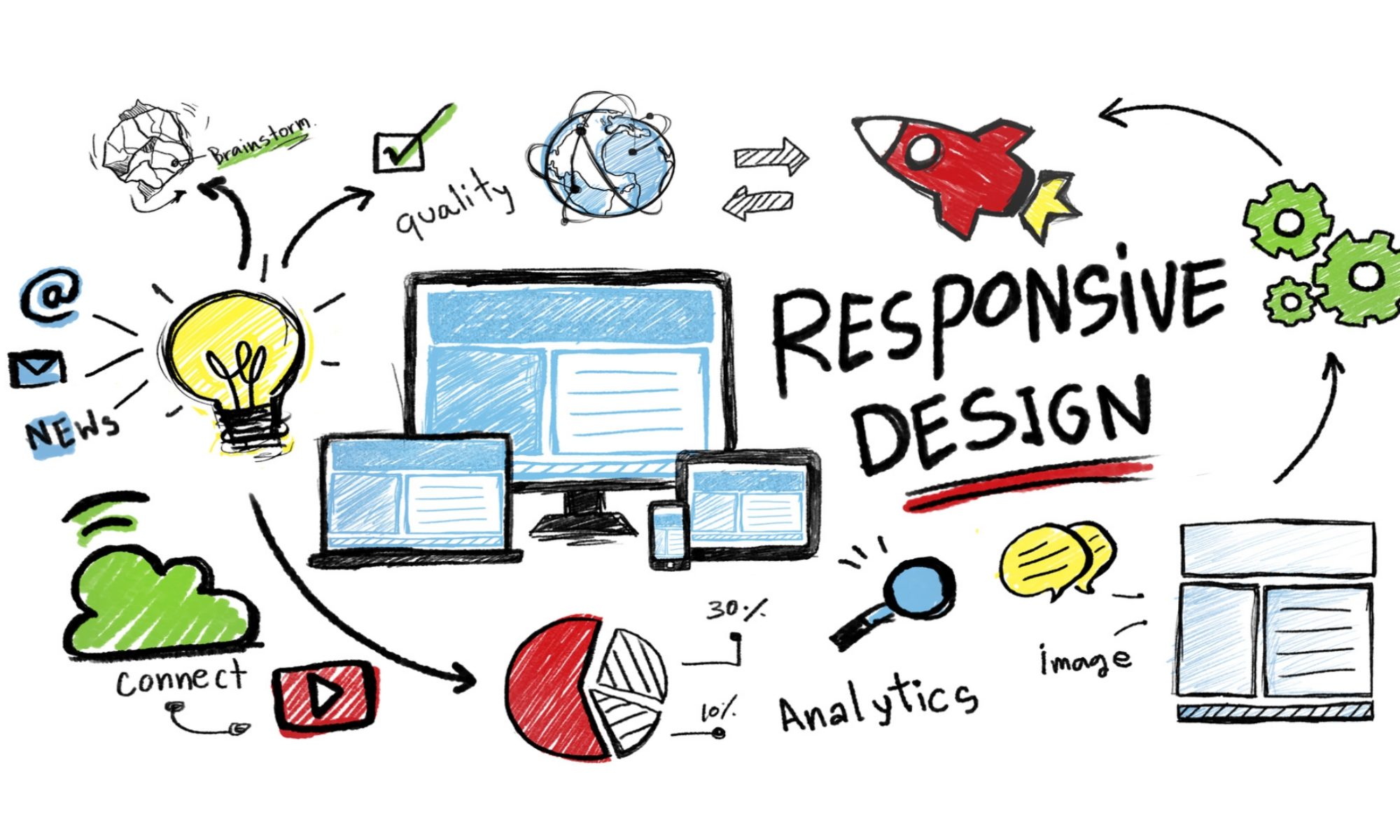Quarkus is, in its own words, a cloud-native, (Linux) container-first framework for writing Java applications. It has become popular lately because of the amazingly fast boot time, incredibly low RSS memory. In this series of articles about Quarkus, we'll discuss how to deploy a Quarkus application even faster to the cloud with Platform.sh.
The first step is to create the application itself, and Quarkus has proper documentation. You have either a Maven Archetype or the start code link where you can define the dependencies that you need to write your application.

